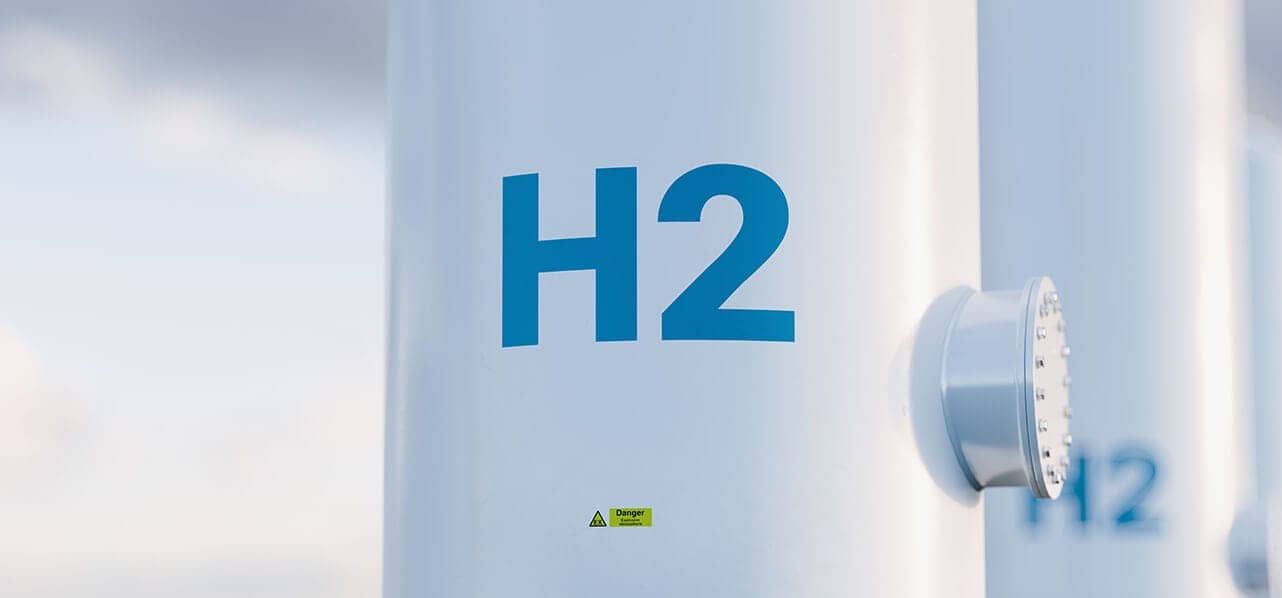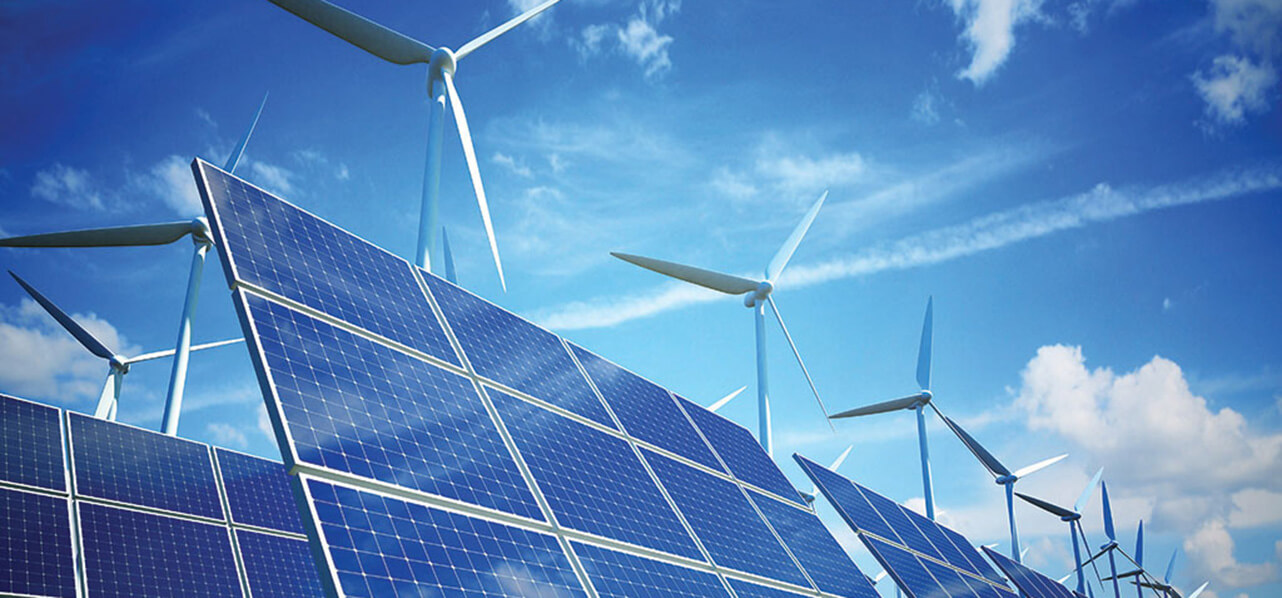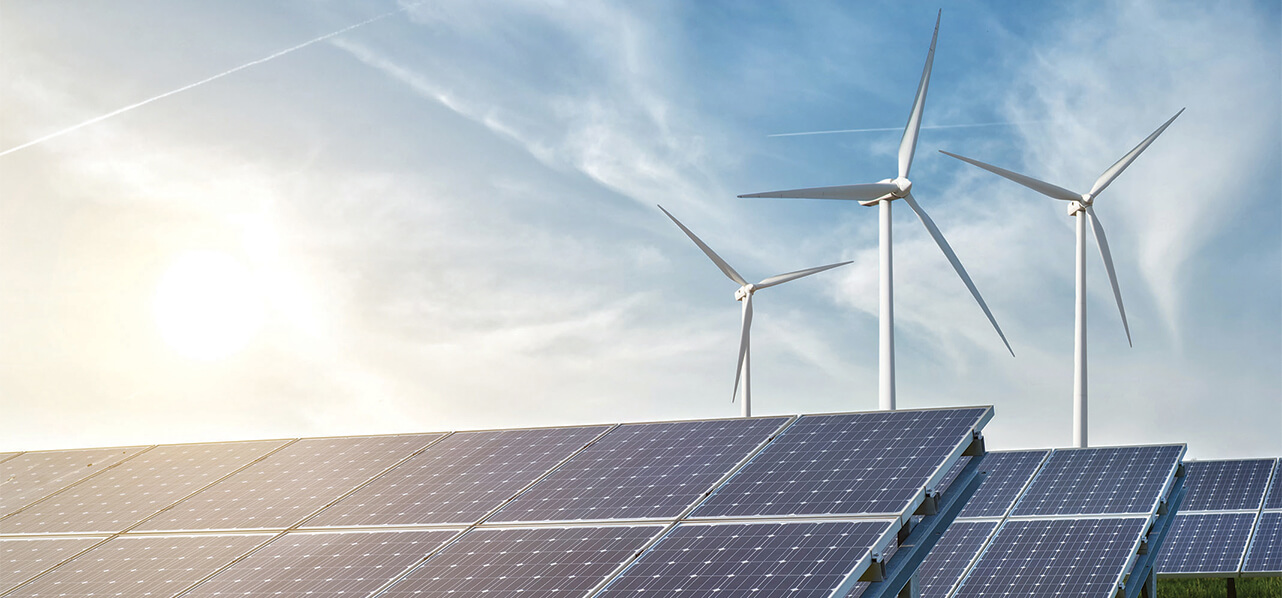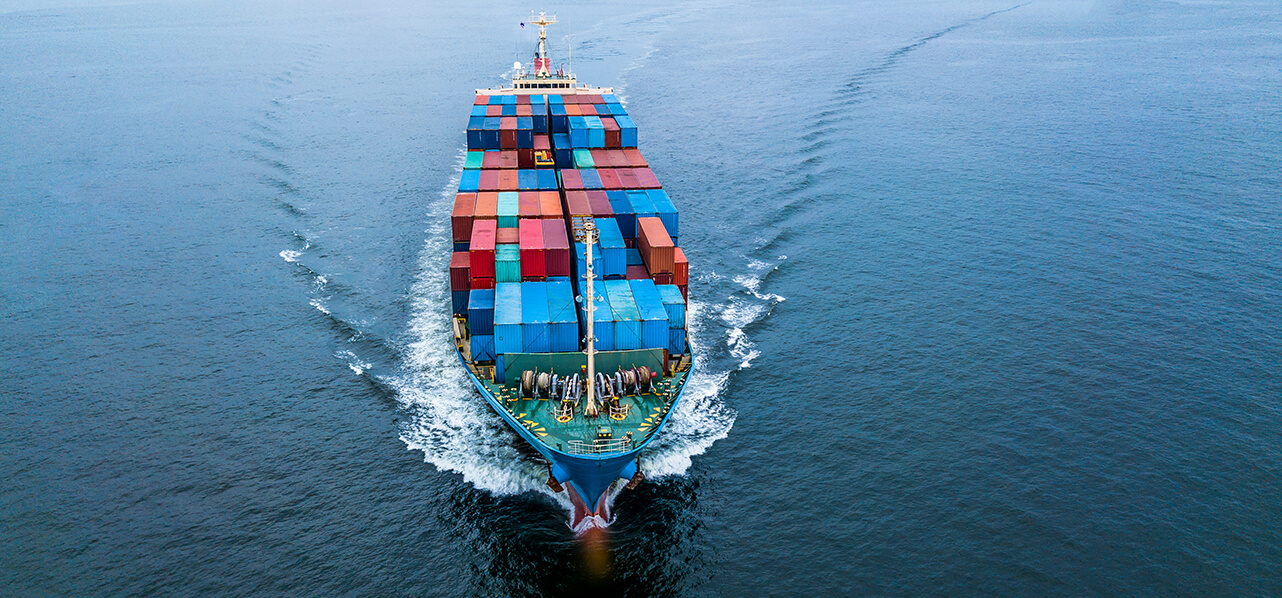Overview of Italy’s strategic role
Italy represents a very attractive market for the development of green hydrogen given its extensive existing renewable energy assets and country-wide gas transport network, allowing the dissemination of “power to gas” (“P2G”) technology based on the storage of surplus electricity produced by solar, wind or hydraulic power plants in the form of methane or hydrogen. Moreover, given Italy’s central location in the Mediterranean it is ideally situated to become a hub for the hydrogen trade as it is between potential major exporters in Africa and the Middle East and consumers in northern Europe.





